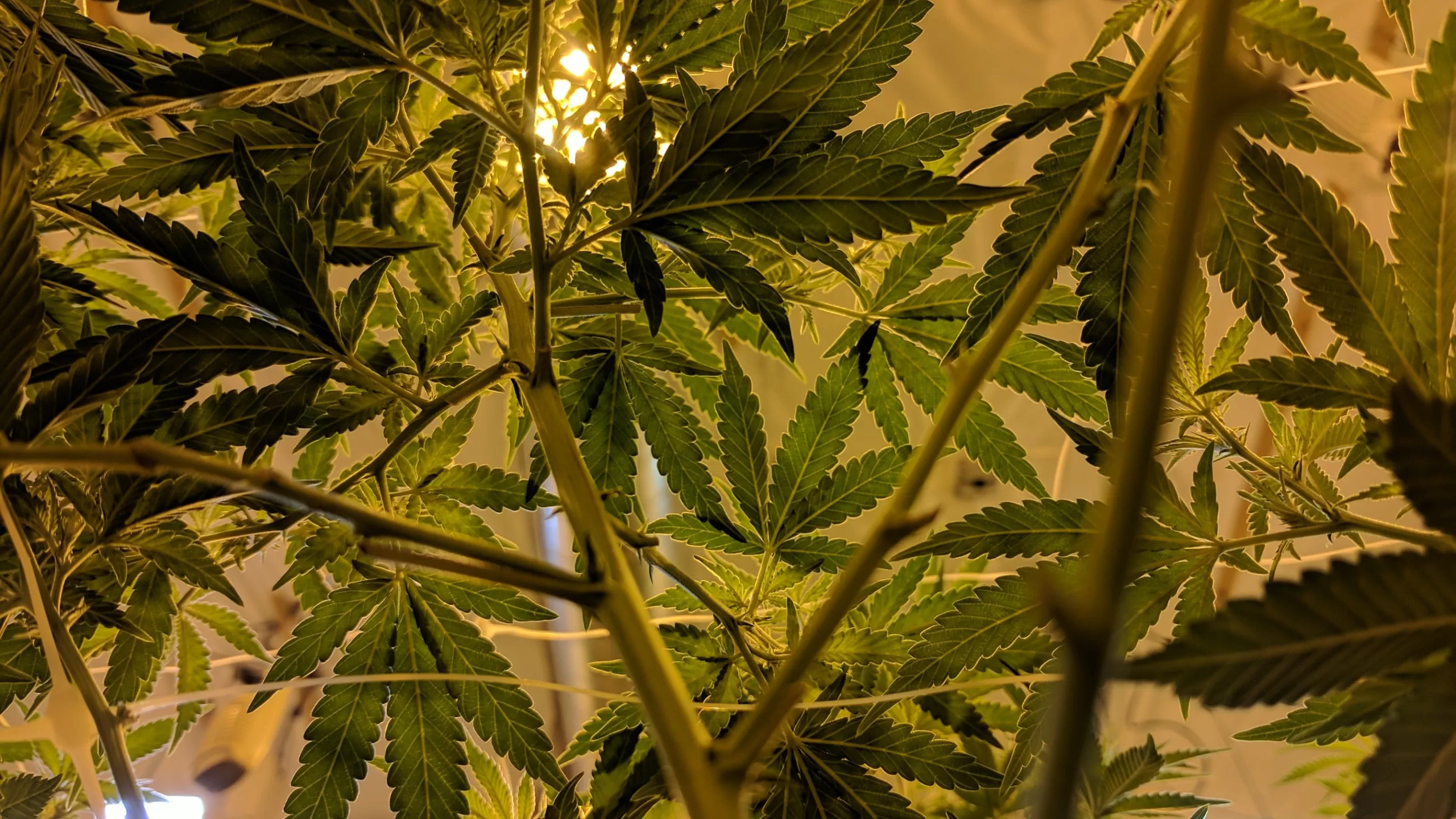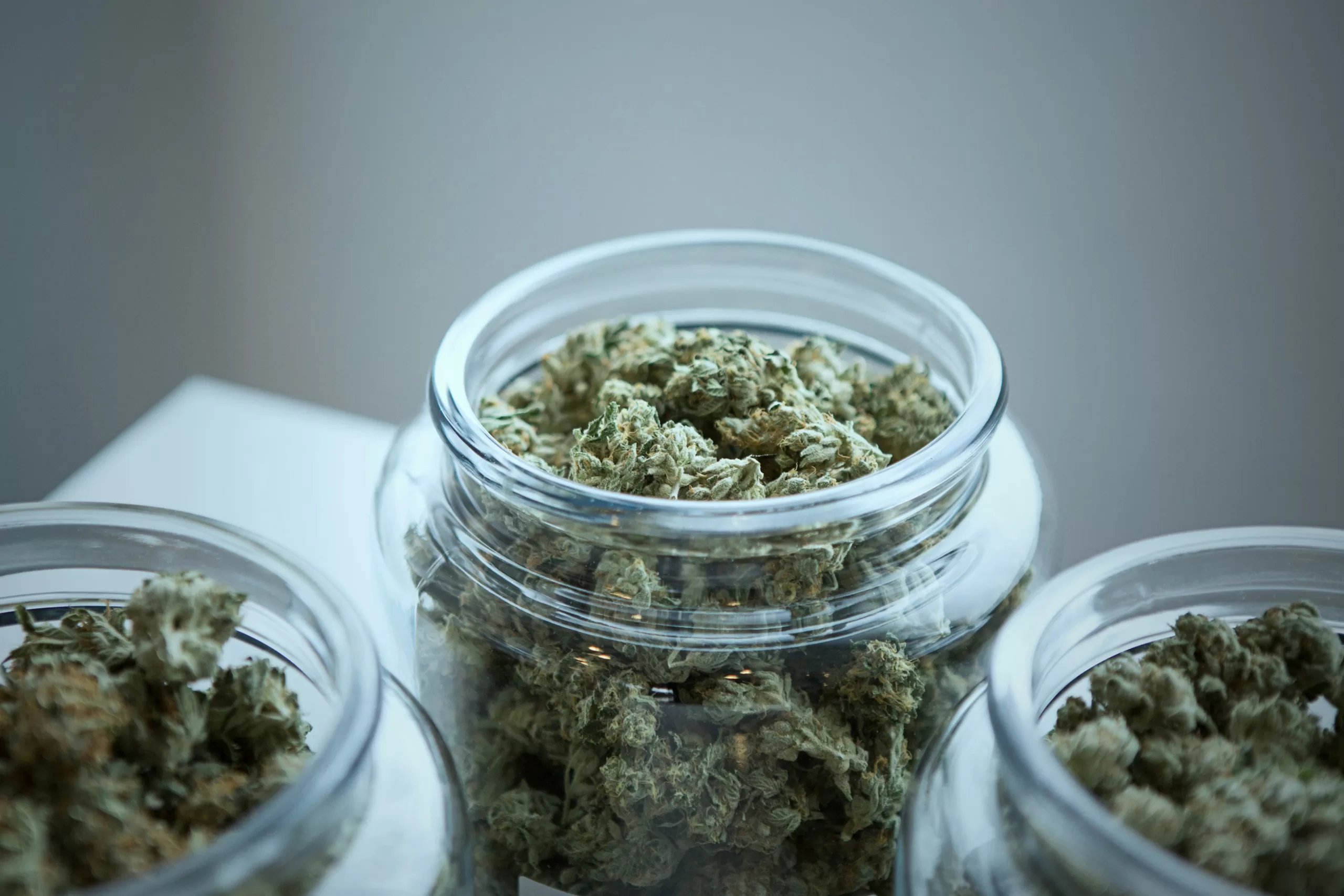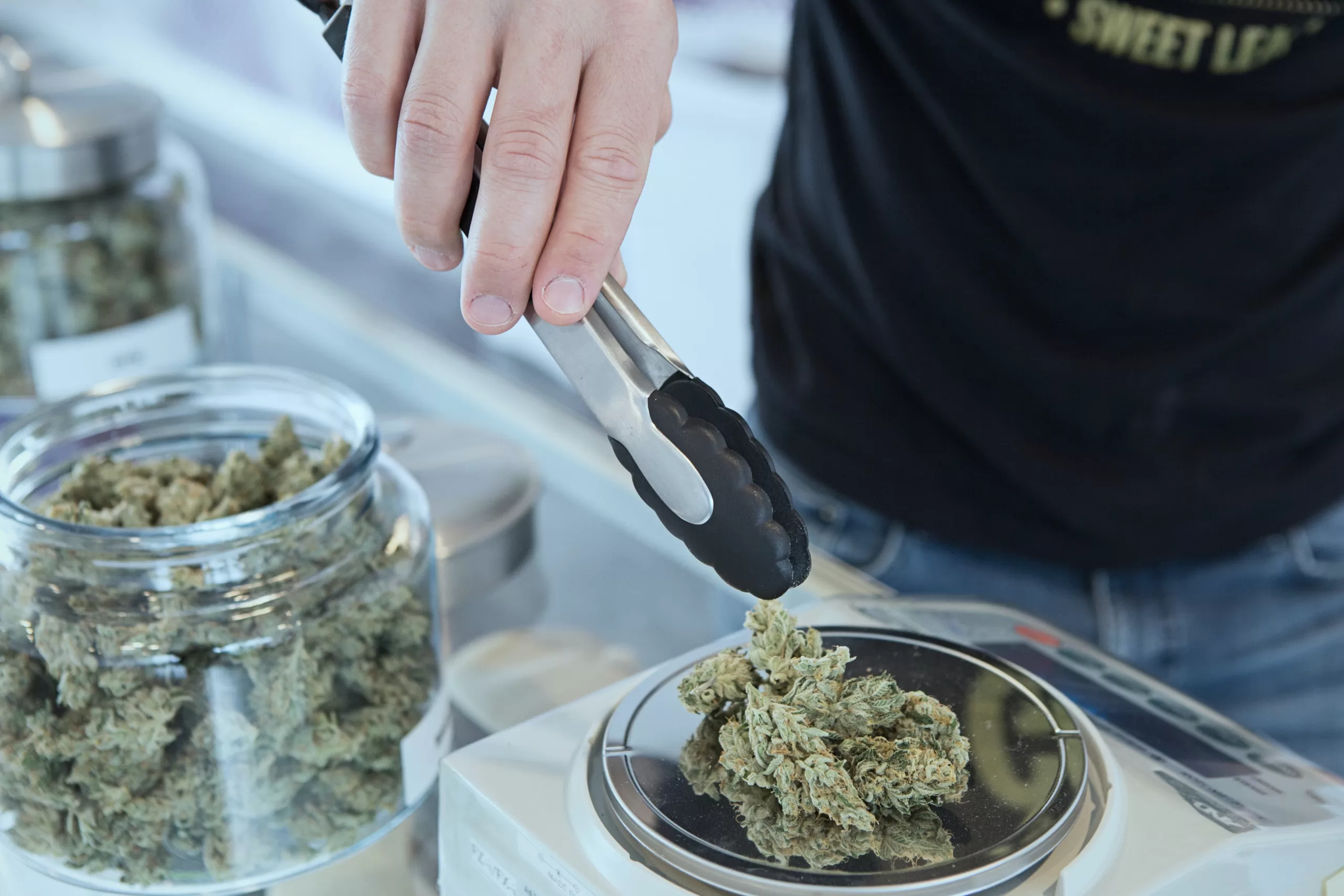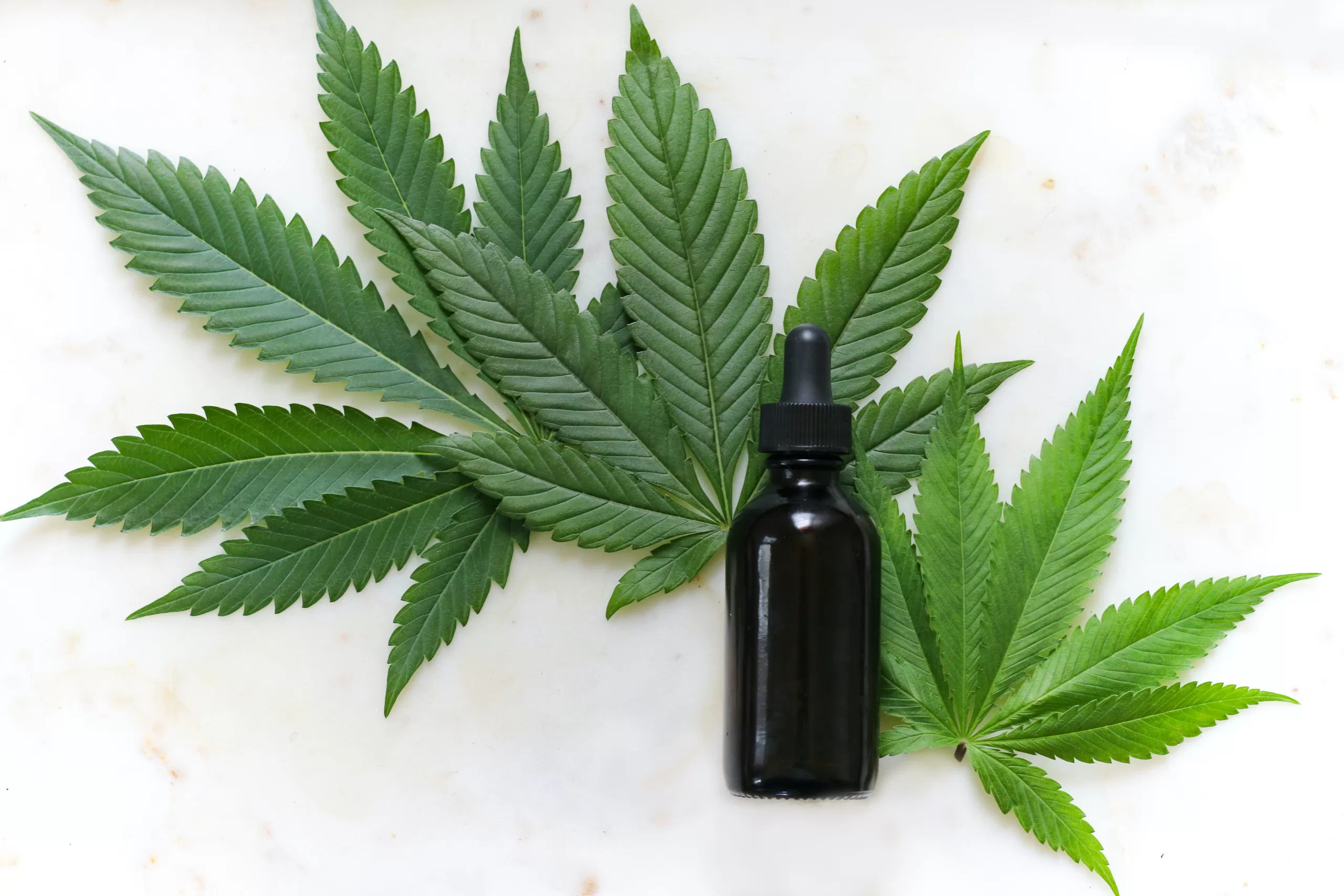The story of medical marijuana’s advantages, controversies, and legal standing has been steadily developing. This article explores the complex history, therapeutic uses, regulatory environment, and current discussions around marijuana.
Historical Context
Medical marijuana has a long history that goes back thousands of years. The Chinese, Egyptians, and Greeks were among the ancient societies that recorded its therapeutic qualities. Cannabis was utilized in traditional medicine to treat conditions, including pain and inflammation.
Rediscovery in Modern Medicine
Medical professionals frequently recommended cannabis tinctures and extracts throughout the 19th and 20th centuries to treat ailments like pain, nausea, and spasms in the muscles. However, around the middle of the 20th century, marijuana became less popular as societal and legal perceptions changed.
The War on Drugs and Stigmatization
Marijuana was included as a Schedule I substance in the 1970 US Controlled Substances Act, along with substances like heroin and LSD. This designation contributed to the stigmatization of marijuana by obstructing study and access to it.
Emergence of Medical Marijuana Programs
The medical potential of cannabis witnessed a resurgence in interest in the late 20th century, despite legal hurdles. In 1996, California became the first state to legalize marijuana, which led to a wave of other states passing legislation along similar lines. More than thirty states now have medical marijuana programs in place.
Therapeutic Applications
The components in medical marijuana, especially the cannabinoids like THC and CBD, have the potential to be helpful. By interacting with the body’s endocannabinoid system, these substances affect a number of physiological functions. Marijuana has demonstrated potential in the treatment of multiple sclerosis, epilepsy, chronic pain, and chemotherapy-induced nausea.
Debates and Controversies
There is debate about the medical marijuana story. The absence of a defined dosage, possible adverse effects, and the requirement for more thorough clinical trials are all points of contention for critics. Furthermore, patients, doctors, and dispensaries face legal uncertainty due to the conflicting state and federal regulations in the United States.
Legalization and Global Trends
Recent years have seen more nations legitimize marijuana. European nations like Uruguay and Canada have approved marijuana. This improvement mirrors Pot’s medical worth and evolving discernments.
The Role of Research and Education
Logical exploration and significant guidance are expected to progress restorative marijuana. Researchers are trying new purposes and changing dosages. To deal with medical marijuana’s complexity, specialists need explicit preparation.
The Future of Medical Marijuana
Medical marijuana might further develop medical services for the overwhelming majority as its story unfolds. Medical marijuana could change medical services with more exploration, instruction, and fair regulations. Marijuana has gone through numerous changes, debates, and legitimate issues since its entry into conventional medication. Moreover, with countless individuals experiencing well-being troubles, marijuana might have a bright future as civilizations rethink the medication.






